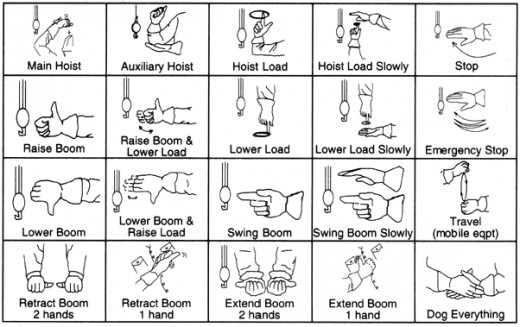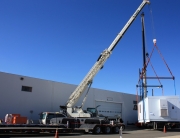What OSHA Recommends for Protecting Workers at Workplaces
Often times construction staff are hired on a temporary basis through various staffing agencies. OSHA, shortened from the Occupational Safety and Health Administration, thinks that it is a joint responsibility of both the contractor and staffing agency to provide complete safety to the workers at workplaces. And in line with its efforts to promote safe practice of industrial crane systems, OSHA has suggested some key guidelines for crane safety and general site safety.
With the advancement in crane industries, numbers of contractors are coming forward with advanced crane systems, enabling the workers and professionals to conduct safe work. These days, several firms doing business in construction and manufacturing industries are hugely dependent on the crane systems to transport the weighty things from one place to another.
Joint responsibility for Crane Safety and Worksite Safety
For the safe execution of crane systems, OSHA necessitates the joint responsibility of both host employer and staffing agency. The administrative agency may hold both of them guilty for the hazards caused by violating conditions such as lack of adequate training, improper use of crane systems, and lack of proper communication between workers, host employer and staffing agency.
OSHA is extremely concerned with the approach that some firms may not think it important to include temporary workers in their compliance with the responsibilities suggested in OSHA Act. And a section of workers’ group remains away from the safety measures. In addition to the safety devices like crane load moment indicators, it is highly recommended to comply with the recommendations suggested by the regulator.
Here are some important responsibilities:
- Constant communication between staffing agency and host employer in order to ensure the safety measures are being followed.
- Periodical inquiry into the circumstances to check if the installed crane systems are working properly.
- Staffing agency and host employer should make sure there is no lack of diligence in avoiding hazards.
- Last but not least, the host employer should treat the temporary workers as an important and inseparable resource.









